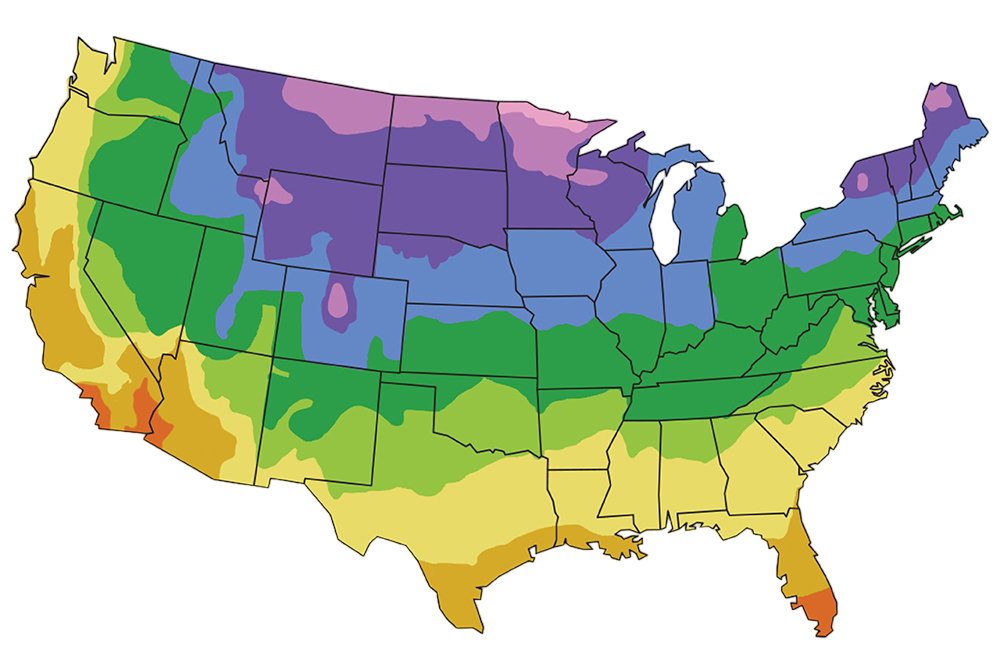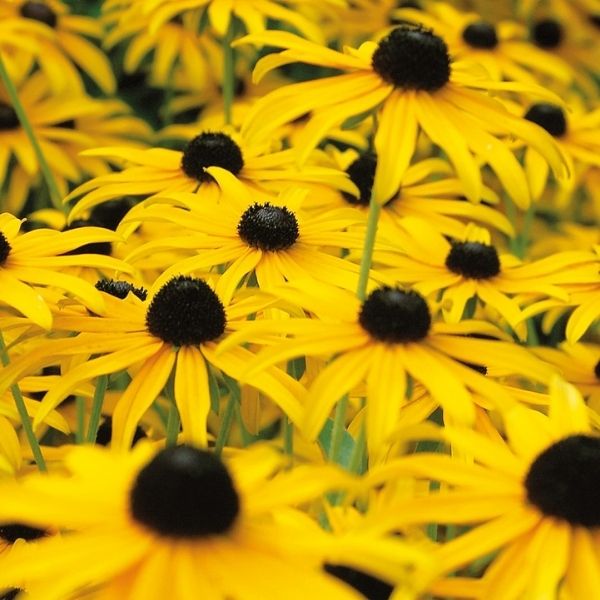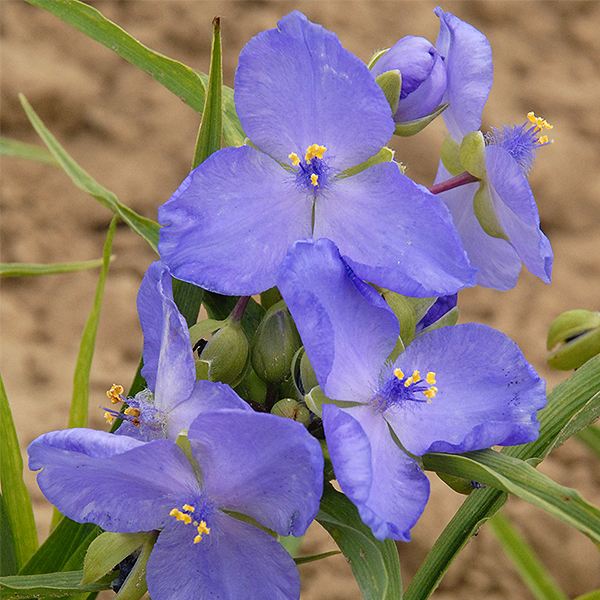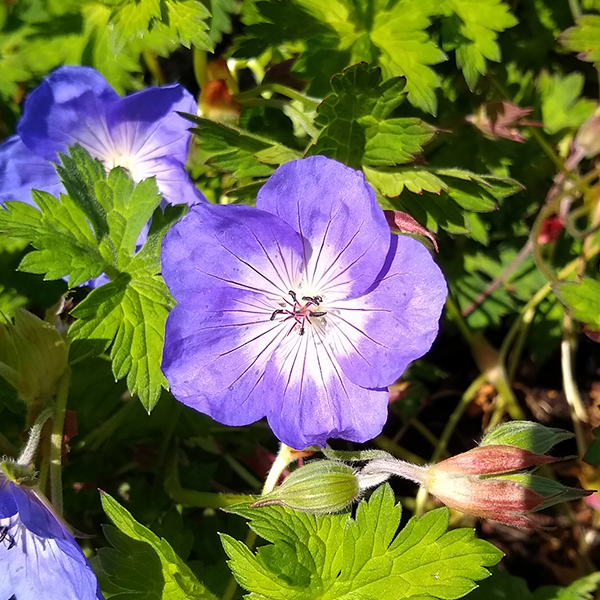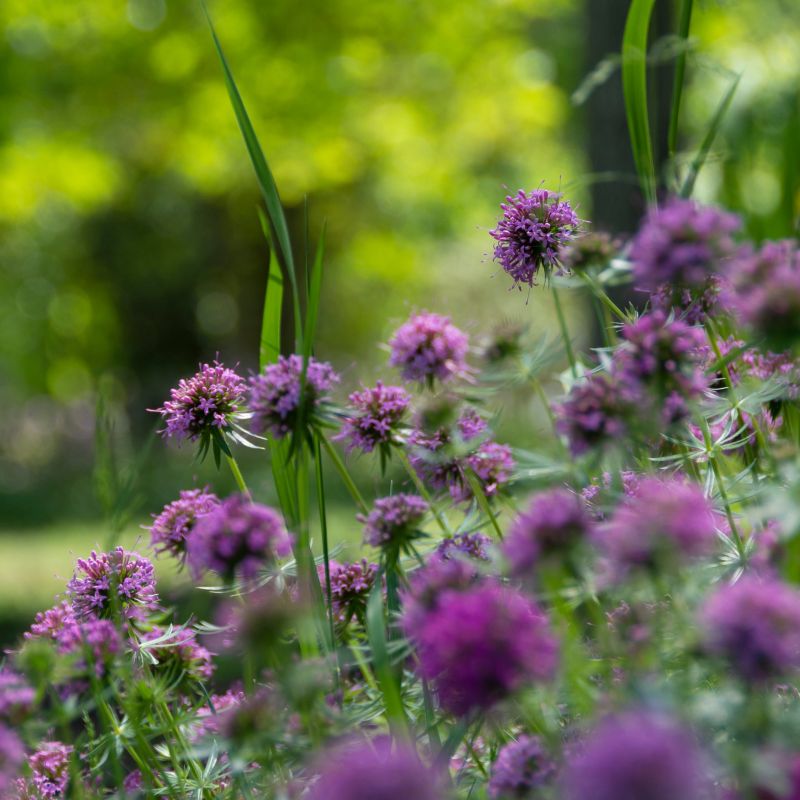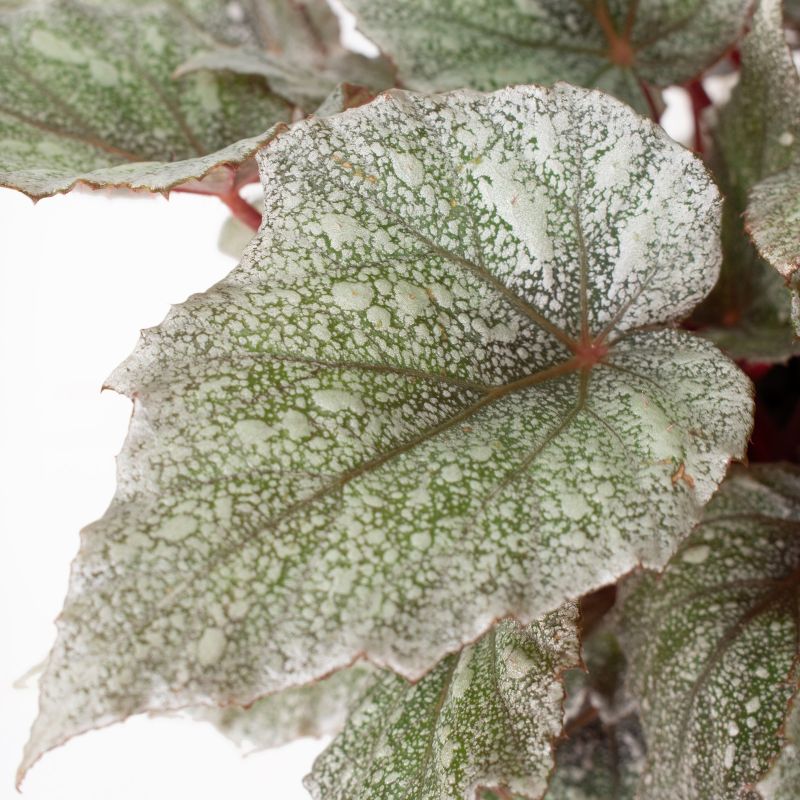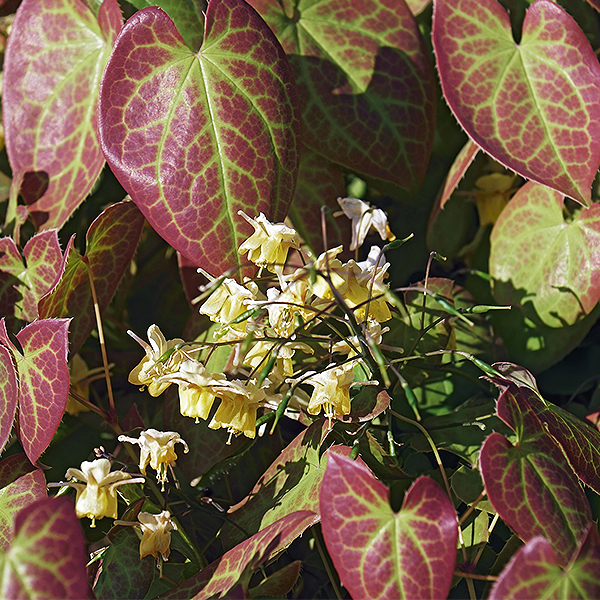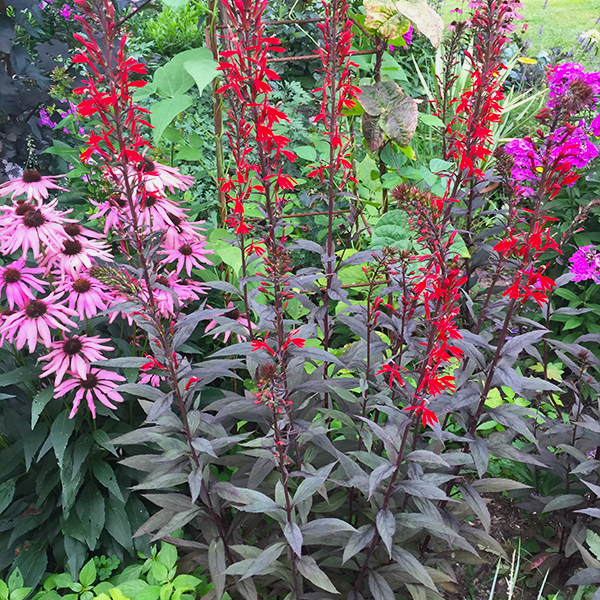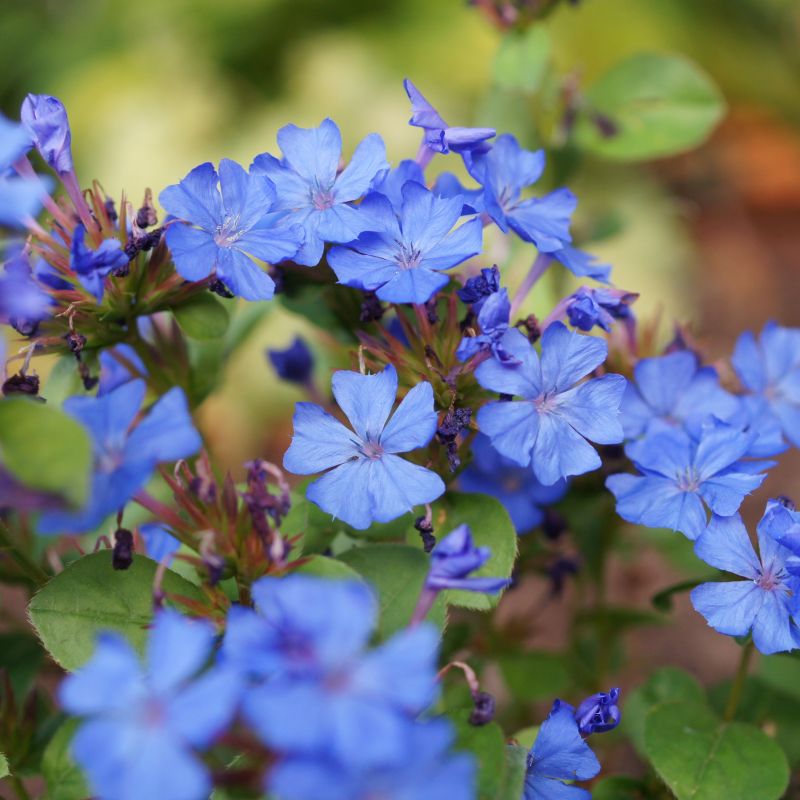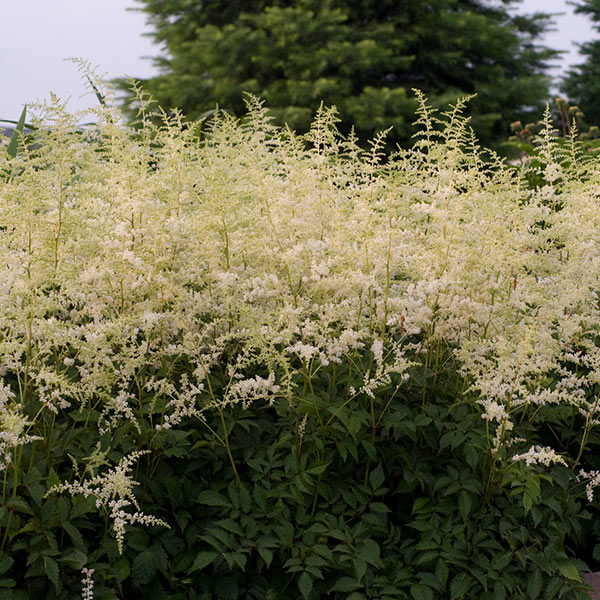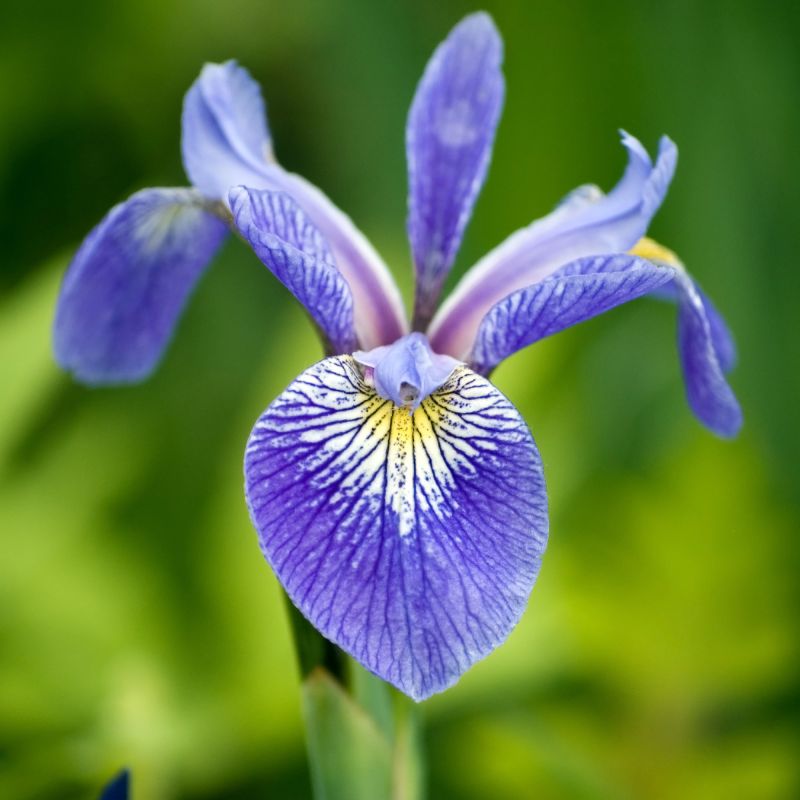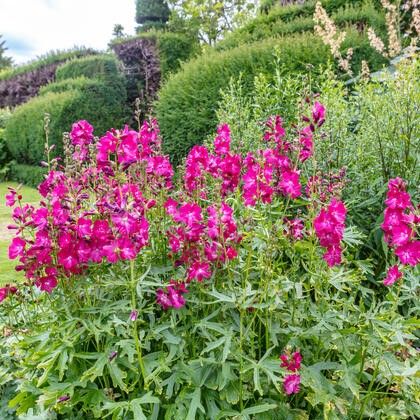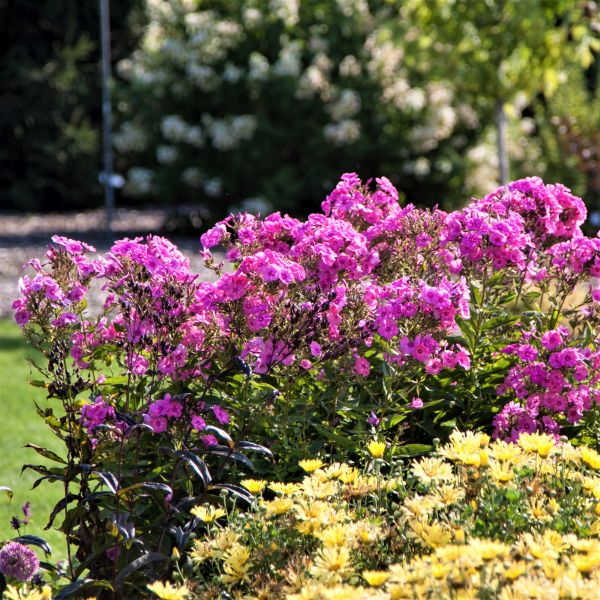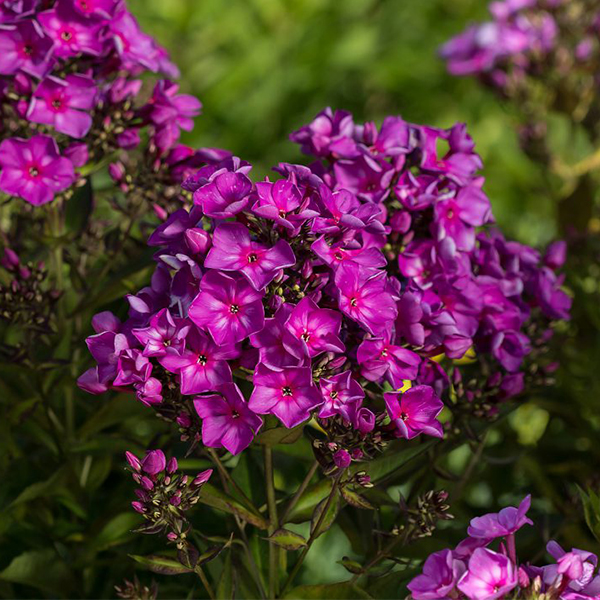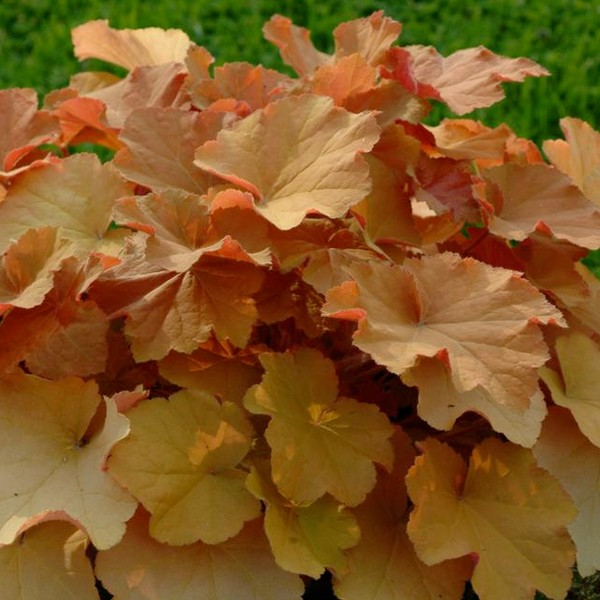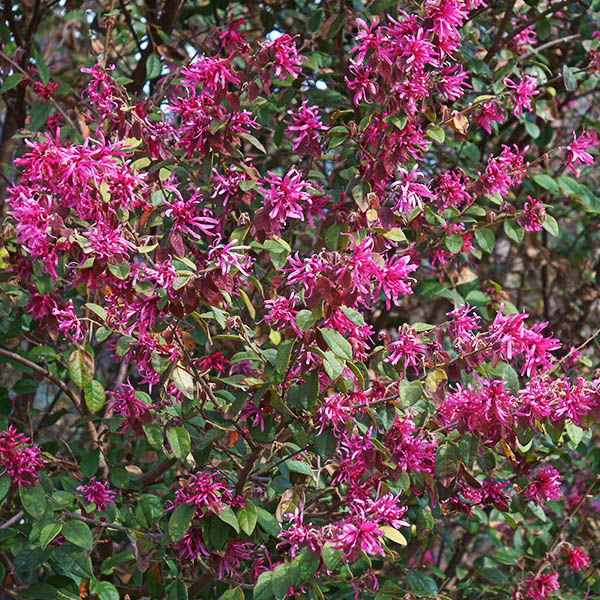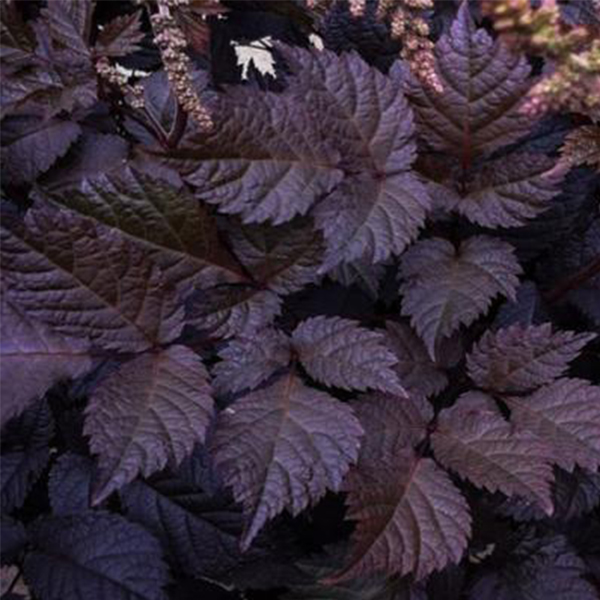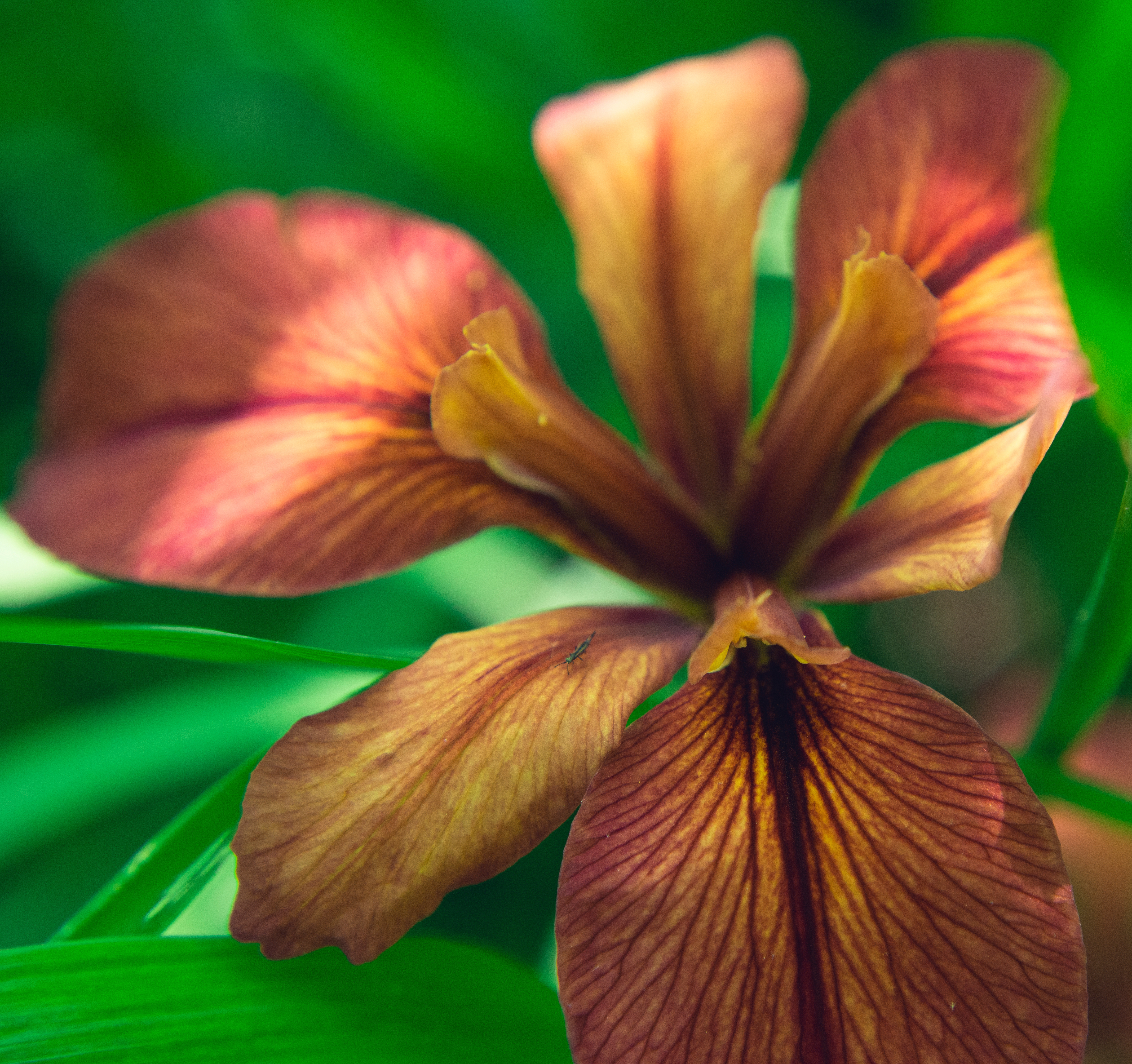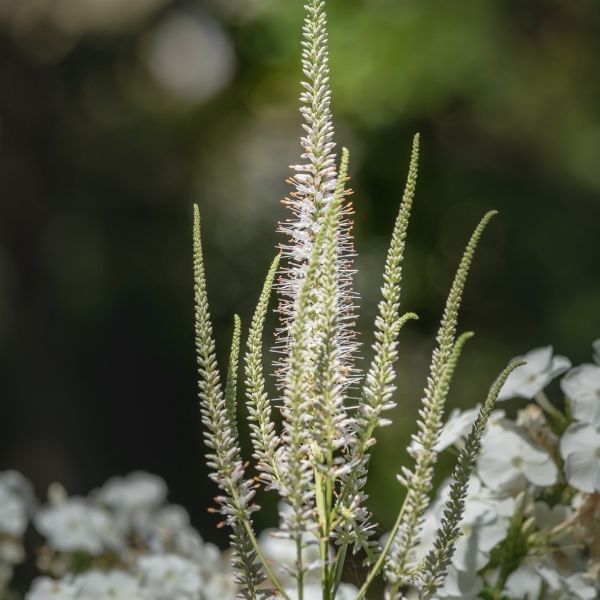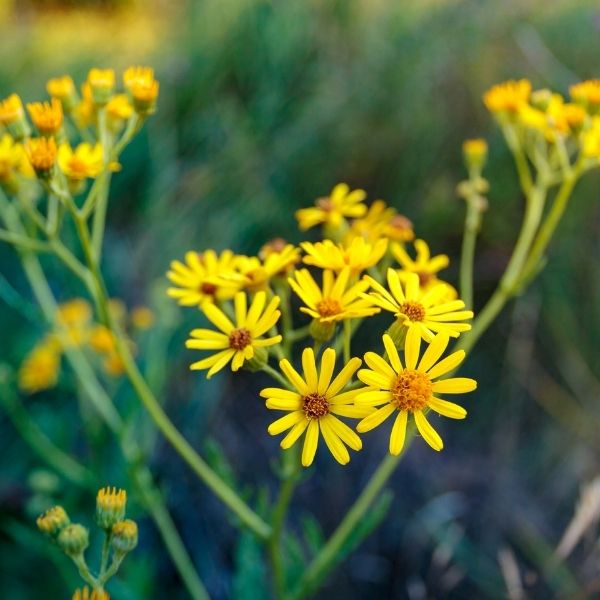
Golden Ragwort
Packera aurea
90 reviews
Golden Ragwort
Packera aurea
90 reviews
- Attracts butterflies and bees to your garden
- Tolerant of wet soil and drought conditions
- Low maintenance perennial with bright yellow blooms
- Recommended by landscape designers for optimal fit in real yards
$46.00
$66.00
30% Off
- Ships to in 3 to 7 days
- Free Shipping Over $150
- Plant Arrival Guarantee
- In Stock
- Free Plant Consult
$200 - Landscape-Approved: Every Plant We Sell Comes With Design Expertise Behind It
1 Gallon
Not just beautiful - intentionally selected by ShrubHub's 3D landscape design team to fit real-world spaces and maximize yard potential.
Why Golden Ragwort?
Golden Ragwort (Packera aurea) is a native plant of North America that is commonly found in wet sites, meadows, and along roadsides. In spring it produces bright yellow flowers over a basal rosette of dark green leaves. The plant is known for its medicinal properties and has been used for centuries to treat various ailments such as wounds, respiratory issues, and digestive problems. Additionally, Golden Ragwort is an important food source for bees and butterflies.
People who loved this plant also bought
Sunlight
Golden Ragwort, also known as Packera aurea, prefers partial shade but can tolerate full sun as well. It can adapt to a wide range of light conditions, making it a versatile plant for various garden locations.
Watering
Golden Ragwort, or Packera aurea, prefers consistently moist soil. It thrives in wet habitats, such as streambanks or wet meadows. Watering should be done when the soil is dry to the touch, but avoid overwatering as it can lead to root rot.
Fertilizing
Golden Ragwort (Packera aurea) prefers well-drained soil with moderate to high fertility. It benefits from the addition of organic matter, such as compost or well-rotted manure, before planting. Regular applications of a balanced, slow-release fertilizer i
Golden Ragwort: Bringing Sunshine to Shady Spots
When it comes to brightening up shaded areas, Golden Ragwort is a superstar.
With its bright yellow ray flowers and unique scalloped, heart-shaped foliage, it's a breath of fresh air in the cool, dim corners of your garden.
Golden Ragwort's charm doesn't stop at its vibrant appearance.
This native plant forms naturalizing clumps, making it a low-maintenance choice for your garden.
It's the kind of plant that thrives on neglect, allowing you to enjoy its beauty without constant upkeep.
One of the standout features of Golden Ragwort is its ability to tolerate wet soil.
So, if you have a damp or even periodically flooded area in your garden, this plant can handle it with ease.
It's a natural choice for creating a shady blooming ground cover in such challenging spots.
Golden Ragwort is incredibly adaptable when it comes to light conditions.
It can thrive in anything from full sun in moist, cool sites to full shade in hotter zones.
No matter your garden's unique lighting situation, Golden Ragwort can find its place.
For soil, it prefers slightly acidic, rich, and moist soils that are well-drained.
It's also been known to do well in dry sites once it's established, showcasing its resilience.
If you want to introduce a touch of sunshine to your shady garden spots and enjoy a low-maintenance native plant that can handle wet soil, Golden Ragwort is the answer.
Order now from our ShrubHub store and transform your shaded areas into vibrant, colorful retreats with Golden Ragwort.
Plant Information:
| Botanical Name: | Packera aurea |
| USDA Zones: | 3 - 8 |
| Water: | Medium |
| Exposure: | Full Sun |
| Soil Needs: | Adaptable to Most Soils |
| Mature Height: | 6 - 12 inches |
| Mature Spread: | 12 - 18 inches |
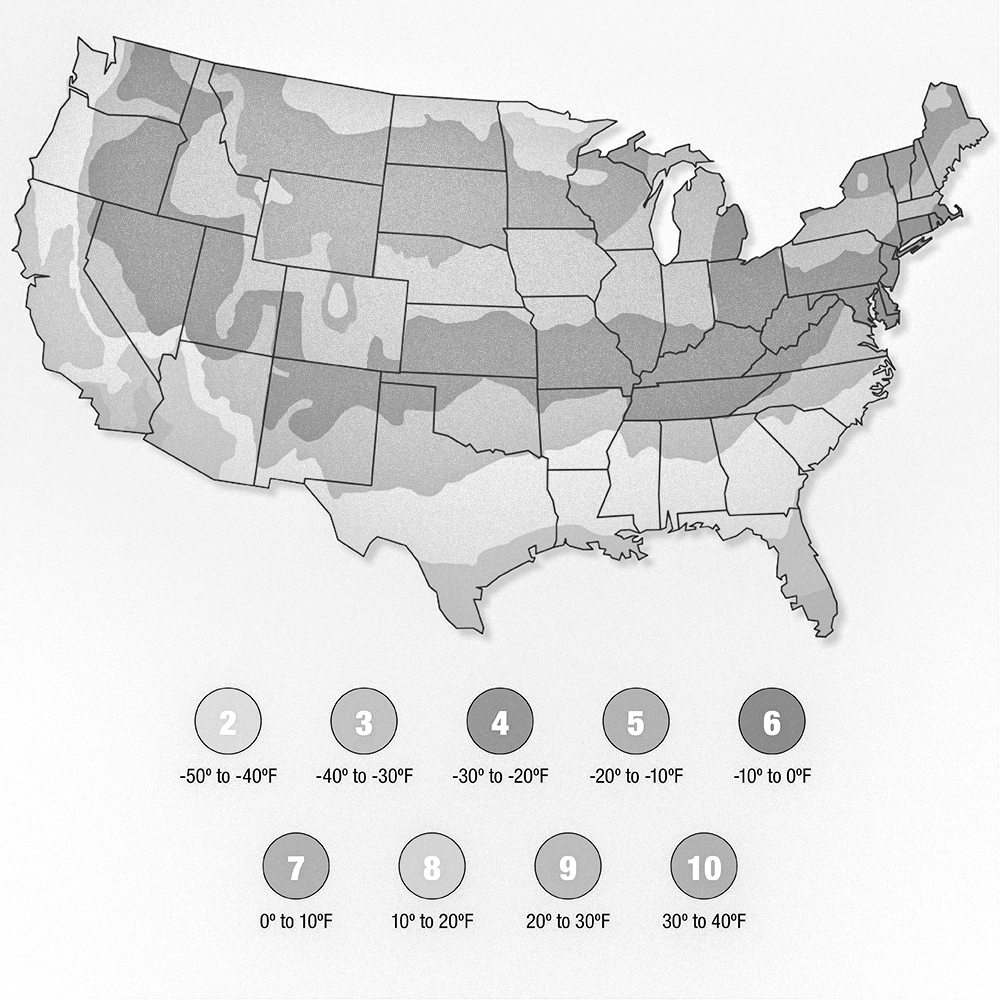



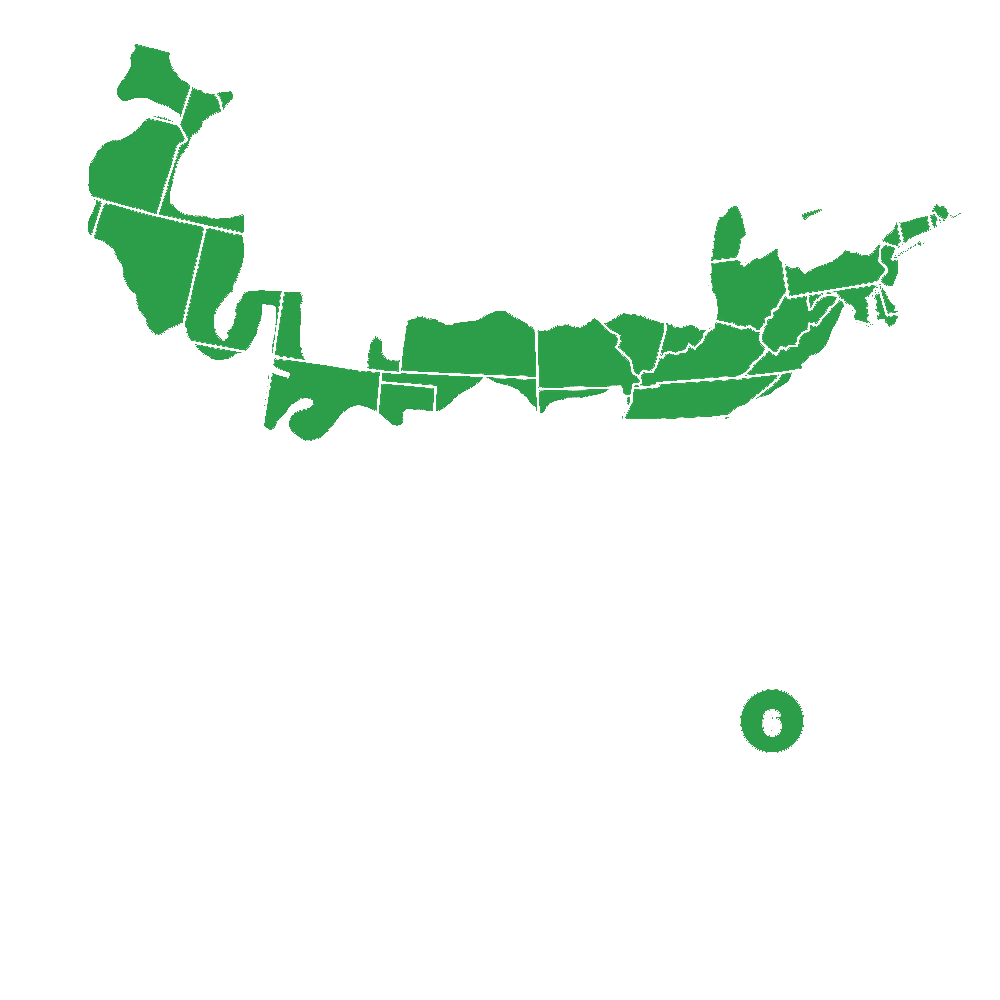
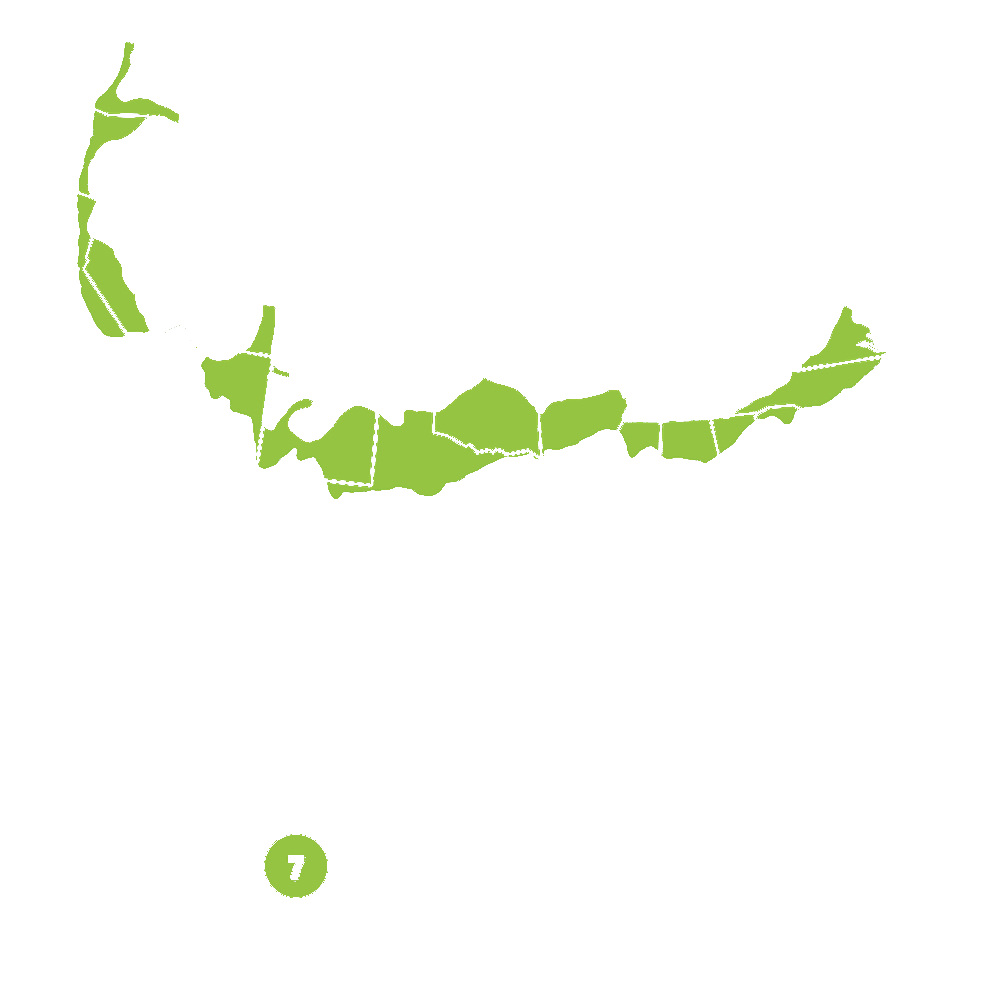
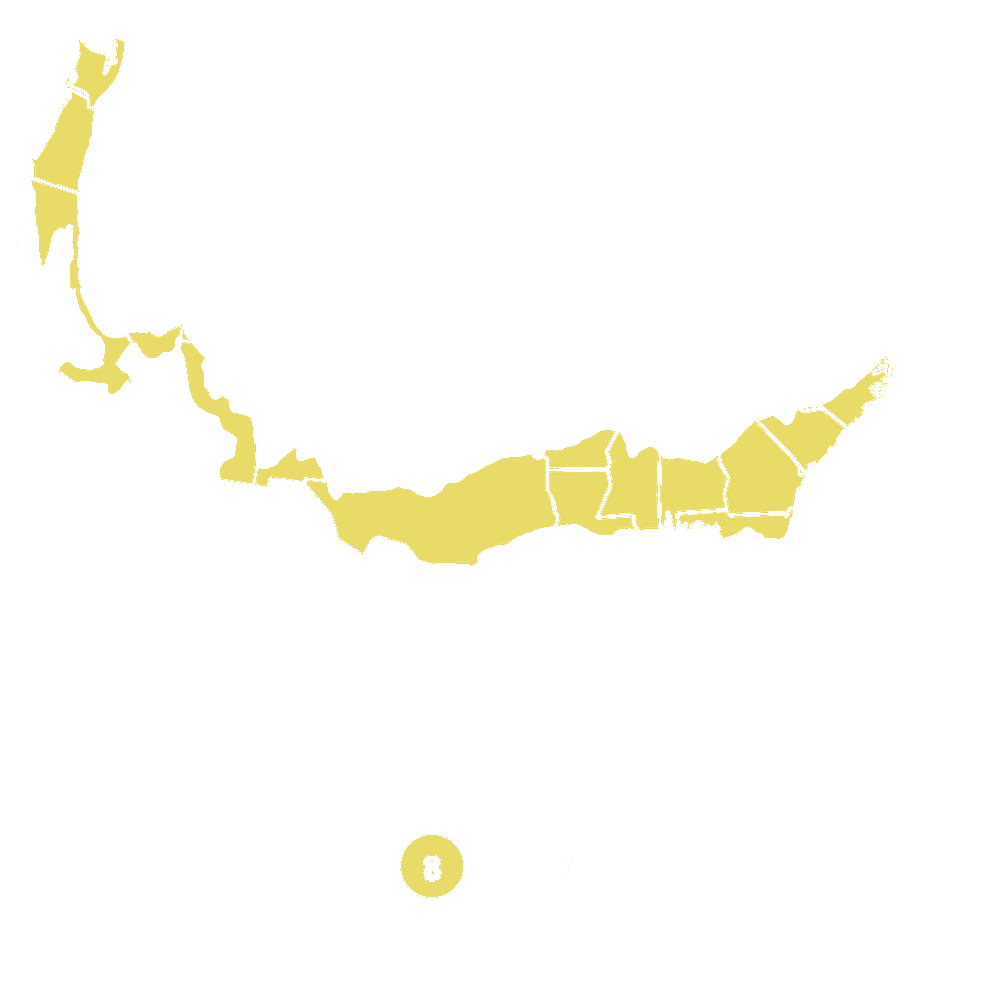
Pollination Info
Pollination Info for Golden Ragwort (Packera aurea)
Golden ragwort is a herbaceous perennial plant that produces numerous yellow flowers in the spring. The plant is primarily pollinated by bees, but also attracts butterflies and other insects.
The flowers of golden ragwort have both male and female reproductive structures, making them perfect flowers. The anthers, which produce pollen, are held on thin stalks that extend beyond the petals. The stigma, which receives pollen, is found in the center of the flower.
Bees are the primary pollinators of golden ragwort, as they collect the nectar produced in the flowers and inadvertently pick up and transport pollen between flowers. The yellow color of the flowers is highly attractive to bees, and the shape of the flowers provides easy access to the nectar and pollen.
Butterflies and moths also visit golden ragwort flowers for nectar. However, they are not as efficient at pollinating the plants as bees due to their longer proboscis, which often cannot reach the anthers and stigma of the flowers.
Overall, golden ragwort is an important plant for pollinators, providing a valuable source of food early in the spring when other nectar sources may be scarce.
FAQ
Frequently Asked Questions about Golden Ragwort (Packera aurea)
What is Golden Ragwort?
Golden Ragwort is a perennial flowering plant that is native to North America. It has bright yellow flowers that bloom in the spring and early summer.Where does Golden Ragwort grow?
Golden Ragwort can be found growing in damp, shady areas such as woodlands, along streams, and in wet meadows.Is Golden Ragwort toxic?
Yes, Golden Ragwort can be toxic if ingested in large amounts. It contains a compound called pyrrolizidine alkaloids, which can be harmful to livestock and humans if consumed in large quantities.How do I identify Golden Ragwort?
Golden Ragwort has basal leaves that are heart-shaped with toothed edges. The leaves can grow up to 8 inches long. The plant typically grows to be about 1-3 feet tall and has clusters of small yellow flowers that bloom in the spring.How do I propagate Golden Ragwort?
Golden Ragwort can be propagated through division or by collecting and planting its seeds. The best time to divide or transplant Golden Ragwort is in the early spring.What are the benefits of Golden Ragwort?
Golden Ragwort is often used in landscaping and home gardens as a groundcover due to its attractive foliage and bright yellow flowers. It is also a valuable plant for pollinators, attracting a variety of bees and butterflies.How do I care for Golden Ragwort?
Golden Ragwort prefers moist, well-drained soil and partial shade. It can be prone to developing leaf spot and rust, so it is important to keep the foliage dry and to remove any infected leaves. Deadheading spent blooms can encourage repeat blooming throughout the season.Planting & Care
Planting and Care for Golden Ragwort (Packera aurea)
Golden Ragwort is a lovely and low-maintenance plant that is commonly found in North America. It can grow up to 2 feet high and produces small yellow flowers in the springtime.
Planting
Golden Ragwort prefers moist soil and partial shade, making it perfect for gardens with low light conditions. Here are the steps to follow when planting:
- Choose a spot with partial shade and moist soil.
- Loosen the soil and remove any rocks or debris.
- Dig a hole that is slightly larger than the size of the plant's root ball.
- Place the plant in the hole, making sure that the top of the root ball is level with the soil surface.
- Fill the hole with soil and gently pat it down.
- Water the plant thoroughly.
Care
Golden Ragwort is a hardy plant that requires little maintenance. Here are some tips to help you care for it:
- Water the plant regularly, especially during dry spells.
- Apply a layer of mulch around the plant to help retain moisture in the soil.
- Remove any dead or damaged leaves to promote healthy growth.
- Golden Ragwort may benefit from fertilization in the springtime, but it is not required.
- Golden Ragwort can spread quickly, so it may be necessary to divide the plant every few years to prevent overcrowding.
By following these simple steps, you can enjoy the beauty of Golden Ragwort in your garden with minimal effort and maintenance.
Check Out These Verified Customer Reviews:
Customer Reviews
4.7 out of 5 based on 90 reviews
Thank you! Your review has been submitted.
The plant arrived in good condition, though it could have been packaged better.
Healthiest ragwort I've ever received.
Beautiful and vibrant plant!
Item has been added to your cart.

